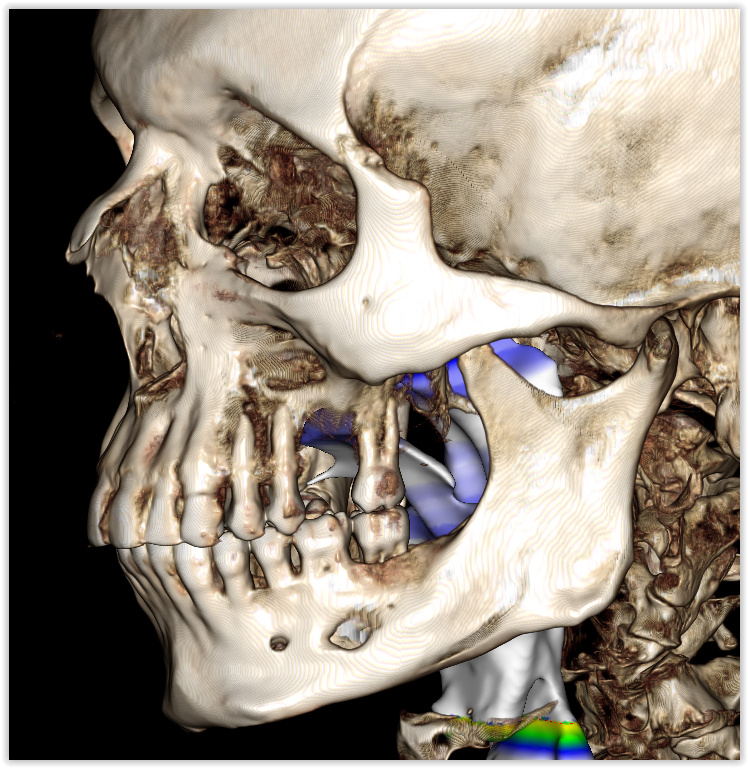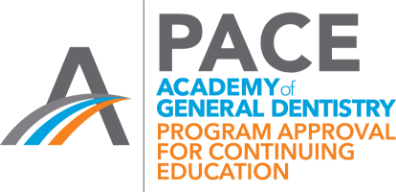

Presented by
Dania Tamimi
BDS, DMSc
View Bio
Course Description
Implants, Occlusion, Oral Diagnosis, Oral Surgery, Orofacial Pain, Orthodontics, Radiology
The upper respiratory tract is a system that exists in the craniofaciocervical complex. The air passages that reside in the head and neck are highly influenced by the morphology of the facial skeleton, the size and position of the soft tissues and the collapsibility of the oropharyngeal tube. The narrowing of these passages and their increased collapsibility due to alterations in these structures may increase the risk for sleep-disordered breathing (SDB). Although CBCT is not diagnostic for SDB, it is useful in the determination of the areas of possible obstruction, the identification of facial growth patterns and other predisposing factors to facial and oropharyngeal form alteration, such as TMJ disorders and cervical posture. This course will demonstrate how to accurately and systematically review the anatomy and morphology of the craniofacial complex for the evaluation of risk factors for SDB and areas of obstruction that can be related to the patient’s clinical presentation.
Included with this course is BeamReaders new oral radiologist led on-demand CBCT education. This video content you can enjoy at your own pace, and also refer back to it at any time as a reference. These are short videos covering foundations of CBCT, understanding 3D anatomy, and a comprehensive search pattern for going through a scan. This is a strongly recommended prerequisite to attending the live, virtual course. And you’ll receive an additional five (5) CE hours when you complete the content as well! Upon registration, the on-demand course will be added to your account within 1 business day for instant access.
COURSE SCHEDULE
Day 1:
9:00-10:00: Introduction to CBCT use for sleep-disordered breathing: Strengths and Weaknesses, exposure parameters and radiation safety, imaging and reformation tools.
10:00-11:30: Overview of the craniofacial complex, growth and development and how to approach the scan methodically for the evaluation of the risk factors for SDB.
11:30-12:00: Break
12:00-1:30: Nasal cavity: Anatomy, anomalies and pathology; Risk factors for SDB.
1:30-2:30: Paranasal sinuses: anatomy, anomalies and pathology; Risk factors for SDB; Sinonasal procedures
Day 2:
9:00-11:30: Oropharynx, Nasopharynx Cervical Spine: Anatomy, anomalies and pathology; Risk factors for SDB.
11:30-12:30: Break
12:30-1:30: The relationship between the TMJ, airway, occlusion and cervical spine.
1:30-2:30: Cases
“The educational teaching methodology used in this course is live, interactive lecture presented via Zoom webinar with an accompanying PowerPoint presentation. Both the live webinar and the PowerPoint presentation incorporate a variety of audio and visual cues to enhance audience members’ understanding and retention of key concepts. In addition, question and answer periods are provided for at the conclusion of each section of the live webinar.”
No audio, video, digital recording or photography of any courses or speaker slides is permitted unless explicit consent is given by the presenter, BeamReaders or ConcordSeminars. This includes use of personal video cameras, tablets or cell phones by attendees to record speaker presentations in any manner.
REFUND POLICY for this event: A full refund minus processing fees will be issued for cancellations made up to 15 days prior to the start of the course. A 50% refund will be provided for cancellations from 15 days until the day of the course.
Course Objectives
At the completion of this course the participants should be able to:
- Dispell the myths surrounding the use of CBCT for the evaluation of SDB.
- Understand the strengths and limitations of using imaging for the evaluation of the airway for narrowing and obstruction.
- Learn to evaluate the relevant anatomy of the upper respiratory tract systematically and efficiently for variants or pathology that may be related to airway narrowing.
- Identify the radiographically visible risk factors for SDB.
- Understand the cause and effect in the craniofacial complex, and how the TMJ, airway, occlusion and cervical spine are related.

